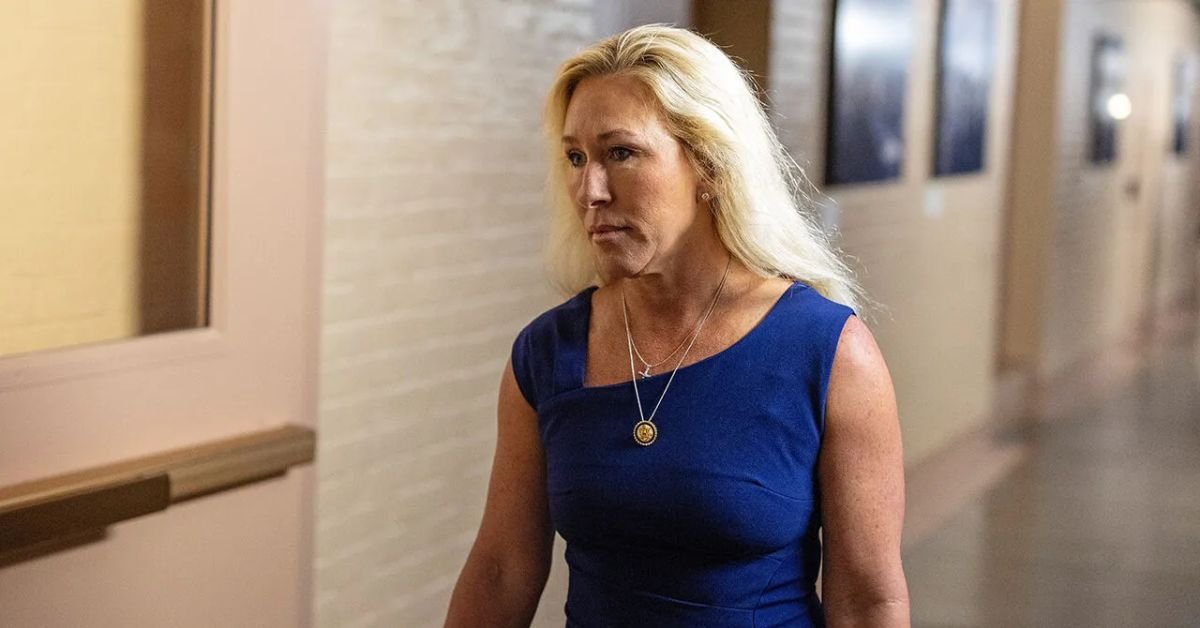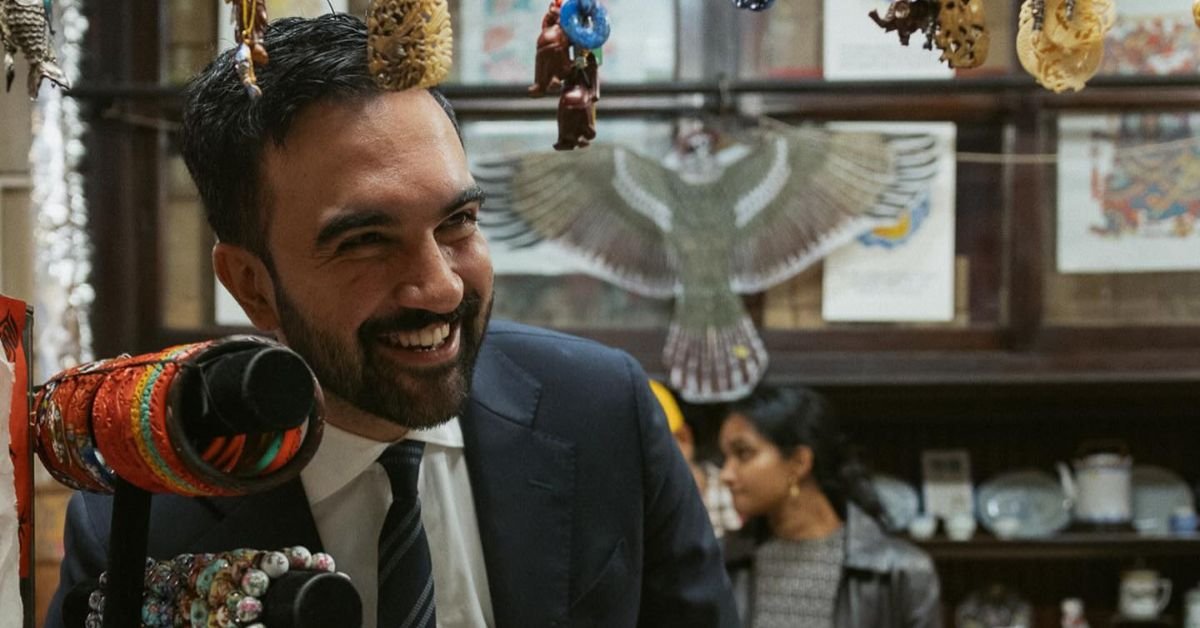Table Of Contents
Zohran Mamdani

Hey there, folks.
Suppose you are interested in politics or curious about how underdogs achieve big wins.
In that case, you have probably heard about Zohran Mamdani‘s stunning victory in the 2025 New York City mayoral election.
At just 34 years old, this Democratic socialist made history as the first Muslim and first South Asian mayor of the Big Apple.
He beat out heavy hitters like Republican Curtis Sliwa and former Governor Andrew Cuomo in a race that had everyone talking.
However, what really sealed the deal?
It was not just flashy ads or big endorsements; it was a bunch of hidden outreach tactics that flew under the radar but packed a serious punch.
I am writing this as part of the team at THOUSIF Inc. – USA, where we love diving into stories that show how smart, people-focused strategies can change the game.
We will break it all down in simple terms, no fancy lingo needed.
Think of this as a friendly chat over coffee about how Mamdani’s team turned everyday New Yorkers into a powerhouse movement.
We will cover the key tactics, why they worked, and even toss in some tips you could apply to your own community efforts. Let us get into it.
The Power Of Building A Volunteer Army From Scratch
One of the biggest secrets behind Mamdani’s win was his focus on creating a massive, dedicated volunteer force.
Traditional campaigns often rely on paid staff and quick door-to-door visits, but Mamdani’s approach focused on forming deep, lasting connections.
His team did not just recruit volunteers; they trained them to become mini-organizers themselves.
Picture this: Early in the campaign, Mamdani’s crew tapped into existing networks, such as the Democratic Socialists of America (DSA), but they did not stop there.
They reached out to neighborhood groups, faith communities, and even online forums where people were venting about high rents and crowded subways.
Volunteers were not just handing out flyers; they were engaging in real conversations about issues such as affordable housing and public safety.
This “deep organizing” meant that volunteers stayed longer and brought in their friends and family.
What made this tactic hidden?
It was not about big rallies that grab headlines.
Instead, it was quiet, one-on-one outreach in places like local mosques, community centers, and parks.
By the election, his campaign had what some called the greatest field operation in NYC history, thousands of volunteers knocking on doors across all five boroughs.
The result?
A surge in voter turnout from communities that often feel ignored, like working-class immigrants and young people.
If you are considering your own project, whether it is a local fundraiser or a neighborhood cleanup, try this: Start small by asking people what matters to them, then provide them with simple tools to spread the word.
It is not rocket science, but it builds loyalty like nothing else.
Mastering Social Media Without The Hype
In today’s world, everyone talks about social media, but Mamdani’s team utilized it in ways that were not immediately apparent.
He earned the nickname “the Internet’s Mayor” not because of viral stunts, but through steady, authentic engagement that felt personal.
His strategy?
Post content that mixes policy talks with everyday life.
Think videos of him chatting with street vendors about economic fairness or sharing quick tips on navigating city services.
However, the hidden part was the behind-the-scenes work: They used data to target posts to specific groups, such as young voters in Queens or parents concerned about schools.
Instead of blasting everyone with the same message, they tailored it with subtle tweaks that made people feel seen and valued.
Another clever move was turning online buzz into real action.
A funny meme about subway delays might get likes, but his team followed up with calls to action, like “Join our next canvass event, link in bio.”
This bridged the gap between scrolling and showing up.
By mid-campaign, his social media channels had gained significant traction, attracting new voters who had not previously been engaged in politics.
Trivia Time: Did you know Zohran Mamdani is set to be the youngest NYC mayor since 1892? That is right, back when Grover Cleveland was president, a man named Thomas Gilroy took office at the age of 35. Mamdani’s youth helped him connect online, where younger people tend to hang out.
Why did this work so well?
In a city as diverse as New York, people crave authenticity.
Mamdani avoided slick ads and opted for relatable stories, which helped build trust.
If you are running a small business or community group, remember: Social media is not about going viral; it is about starting conversations that lead to real involvement.
Mobilizing Diverse Communities Through Shared Stories
New York is a melting pot, and Mamdani’s outreach leaned heavily on that.
However, the hidden tactic here was to use his own background as a Ugandan-born Muslim to bridge the gaps without making it the whole story.
He did not just appeal to one group; he wove in messages that resonated across faiths and cultures.
For example, his campaign organized events in places like Little Bangladesh in Queens and Harlem’s African American communities, focusing on common concerns such as rising costs and inequality.
Volunteers from diverse backgrounds led these meetups, sharing personal stories to make the issues feel more relatable.
This was not your typical outreach; it was about creating alliances.
Muslim advocates noted how he mobilized voters from various traditions, turning potential divides into strengths.
The subtlety?
They avoided overt identity politics and instead emphasized unity.
A rally might highlight how better public transit helps everyone, from delivery workers to office commuters.
| Outreach | Tactics |
|---|---|
| Broad TV ads targeting demographics | Personal stories shared in community hubs |
| Focus on one or two key voter groups | Building coalitions across cultures and faiths |
| Short-term rallies for visibility | Long-term alliances through shared experiences |
| Paid influencers for endorsements | Volunteer-led events fostering genuine connections |
This approach generated a record level of engagement from South Asian and Muslim voters, who turned out in large numbers.
Here is a quick comparison to show how this differed from standard tactics:
This table highlights why his method was more effective; it created lasting bonds rather than quick hits.
For readers looking to apply this, think about your own networks.
Whether you are organizing a school event or a work team, find common ground in stories.
It makes people feel included and motivated.
The Art Of Grassroots Canvassing And Real Conversations
Canvassing might sound old-school, but Mamdani elevated it with a twist: Emphasizing quality over quantity.
His volunteers were not just checking boxes; they were trained to listen and respond thoughtfully.
The hidden gem? “Relational organizing,” where volunteers initially reached out to their own circles.
A teacher might discuss school funding with other educators, or a barista might talk to fellow service workers about wages.
This personal touch made the campaign feel grassroots and genuine, not top-down.
They also mixed fun into it, think “clubbing and campaigning,” where events blended music, food, and politics.
A night out discussing housing policy?
It drew in younger crowds who might skip traditional meetings.
By election day, this had turned cynics into supporters, boosting turnout in areas like Brooklyn and the Bronx.
What set this apart was the scale: Powered by groups like DSA and activist networks, they knocked on hundreds of thousands of doors.
However, it was the conversations that stuck; people remembered feeling heard, not sold to.
If you are involved in community work, consider incorporating a social element into your outreach.
It lowers barriers and makes involvement enjoyable.
Harnessing Technology For Smarter Organizing
Behind the scenes, Mamdani’s campaign utilized technology in understated ways to supercharge its efforts.
Tools like apps for volunteer scheduling and data tracking helped, but the real tactic was “solidarity tech”, platforms that turned viral moments into volunteer sign-ups.
For instance, after a popular post, the system would prompt viewers to join a local group chat or event.
This seamless shift from online to offline was key.
They also analyzed data to focus on undecided voters, sending tailored messages without being creepy.
The hidden aspect? It was not about fancy AI; it was simple, user-friendly tools that empowered volunteers.
This “deep organizing at scale” meant that one volunteer could coordinate dozens, amplifying reach without a big budget.
In a nutshell, tech supported people, not replaced them.
For your own initiatives, look for free apps that track tasks and connect folks; it is a game-changer for efficiency.
Progressive Messaging That Cut Through The Noise
Mamdani’s promises of affordable housing, better transit, and economic fairness were not new, but how he framed them was.
The Tactic: Tie big ideas to everyday struggles, making them feel achievable.
He avoided jargon, explaining things like “democratic socialism” as simply giving government a stronger role in helping people.
This clarity won over skeptics, especially in a post-pandemic city craving change.
The subtlety lay in consistency: Every outreach echoed these themes, building a narrative of hope against establishment fatigue.
It resonated because it felt honest, not polished.
Wrapping It Up: Lessons From Mamdani’s Playbook
Zohran Mamdani’s win demonstrates that hidden outreach tactics, rooted in genuine connections, smart technology, and inclusive storytelling, can topple giants.
It is a reminder that politics, at its best, is about people coming together.
Whether you are in New York or anywhere else, these strategies highlight the power of listening, organizing, and persisting.
Thanks for reading this deep dive from THOUSIF Inc. – USA.
If you enjoyed it, check out our other articles on community leaders and innovative strategies.
We would love to hear your thoughts; please drop a comment or share your own outreach stories.
Until next time, keep building those bridges!






